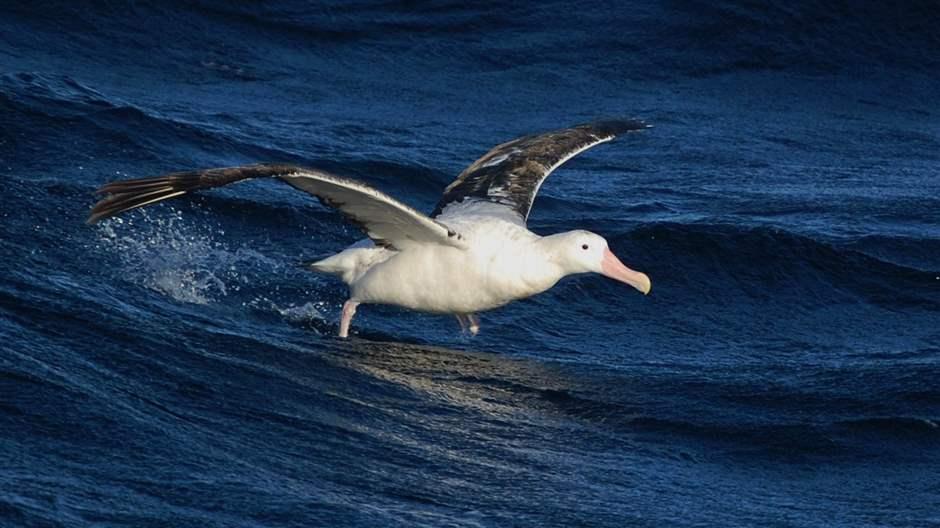Chile Announces New Marine Protected Area
Diego Ramírez-Drake Passage Marine Park provides a haven for endangered albatrosses and penguins

Today Chile announced the creation of its newest marine protected area, the Diego Ramírez-Drake Passage Marine Park. Located in the Magallanes region, it is the southernmost park in the Americas and one of the last pristine areas in the world.
The 144,390-square-kilometer (55,749-square-mile) area was earmarked for protection to safeguard its biodiversity and its economic and environmental sustainability.
Among the park’s most distinctive features:
- The region serves as a refuge for endangered species such as the gray-headed albatross, the black-browed albatross, the southern rockhopper penguin, and the macaroni penguin. It is also an important migration route for whales and other cetaceans.
- Its location makes it a strategic area for monitoring global climate change.
- The Drake Passage contains several seamounts, including Mount Sars, the largest underwater mountain between South America and Antarctica, rising dramatically from a depth of 4,000 meters almost to the surface.
- Shallow and deep waters converge in the region, and many vertebrates and invertebrates, mammals, and birds reproduce and find sustenance there.
Creation of the park follows years of work by the Sub-Antarctic Biocultural Conservation Program, an international network of organizations—including the University of Magallanes, the University of North Texas, and the Omora Ethnobotanical Park—that incorporates traditional ecological knowledge, arts and culture, and environmental ethics in its conservation and policymaking efforts.
Now the team that worked to establish the marine park will help oversee it as part of the existing Cape Horn Biosphere Reserve project. The program is part of the world network of biosphere reserves, which are designed to serve three functions: conservation; sustainable development; and logistical support for research, monitoring, and education.
The Pew Charitable Trusts is committed to helping protect this marine area via the Omora Foundation, through financing and communications efforts. Pew and Omora are members of the Patagonia Mar y Tierra working group, a network of nine organizations that aims to advance land and marine conservation in Chilean Patagonia.
The Diego Ramírez-Drake Passage Marine Park is Chile’s 25th marine protected area and the seventh established in Chilean Patagonia, where nearly 14.2 million hectares (35 million acres) have been safeguarded.
Francisco Solís Germani directs The Pew Charitable Trusts’ work in Chile’s Patagonia region.












